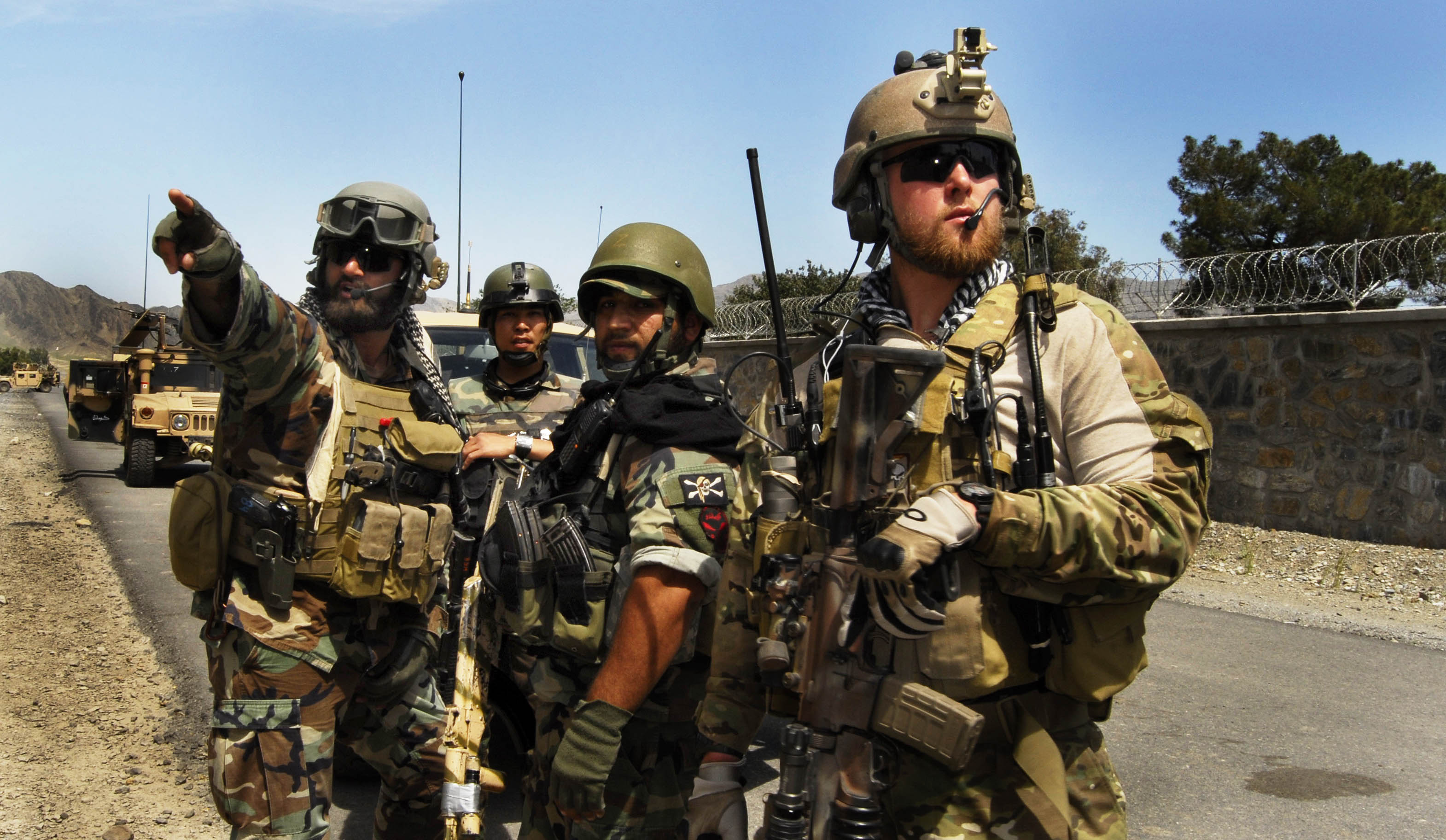For the past decade plus, Special Operations Forces have been utilized heavily on the Direct Action, (DA) side of operations including Counter-Terrorism (CT) in the wars in Iraq, Afghanistan, and Syria.
But the pendulum is swinging back toward the traditional advisory role of SOF as the allies in Syria, Iraq, and in Afghanistan begin to improve militarily. The classic role of SOF is to train and advise foreign military units to do the bidding of the United States. While DA mission has always been and will always be a part of the SOF community, it should not be their main focus.
Now as these allies become more proficient, the onus goes on them to conduct these missions with US SOF support. And it is beginning to work.
After 9/11, however, SOF began to be used in more “precision, highly kinetic strike forces enabled by technology and linked through a digitally networked battlefield.” But by and large, the new counter-terrorism strategy in Iraq and Syria may prove to be something of a reset to SOF’s former tactics.
The number of SOF in Iraq and Syria has now reached about 10,000, giving them the means to provide “meaningful support to the variety of indigenous forces fighting ISIS,” Robinson writes.
Furthermore, SOF now accompany local forces to secure locations near the front lines. They no longer give tactical advice from distant headquarters, where they had to analyze operations through “the soda-straw perspective of drone feeds,” Robinson says.
This allows them to see local forces in action, and therefore give better advice.
For example, when SOF advisers provided assistance that galvanized to the 16th Iraq army division in East Mosul, they provided assistance that galvanized the unit.
Over the last year, SOF has increasingly provided more fire support. US Apache helicopters were first used in June 2016 to capture Qayyarah, which is now a staging base for coalition forces’ assault on Mosul. This base now has an ICU, and High Mobility Artillery Rocket Systems set up to support the assault.
With the increased prowess of the fighting capabilities of our allies, it will allow the SOF operators of the US to take the training of the allied units to higher levels and will ease the burden of constant operations from USSOCOM.
To read the entire article from the Business Insider, click here:
Photo courtesy DOD
